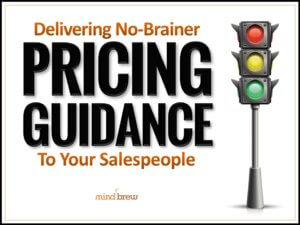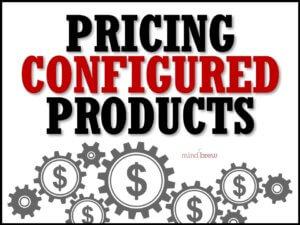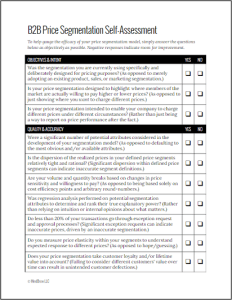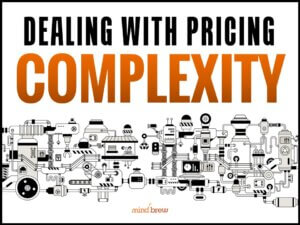Just a few years ago, making a short film was an incredibly difficult process. Cameras were expensive — and the film they required wasn’t cheap either. And learning to use the cameras well took time and a lot more money.
After you got your vision committed to film, you had to shell out more money for processing. And editing required a whole other set of tools and skills. Again, all with a hefty price tag.
If you made it through all of that, getting people to actually see your movie posed even more challenges. You often needed the help of a distributor to publish and sell your finished work.
But how things have changed.
For better or worse, today we all have everything we need to record, edit, publish, and distribute short movies right in our pockets. Those technological and financial gatekeepers that used to limit this process to a select few have melted away.
You may not realize it, but something very similar has happened within pricing. No, masses of people aren’t sharing their pricing strategies on TikTok and Youtube (though we can dream of such a day). However, three key hurdles are disappearing:
- Technology cost. Not too long ago, only the largest companies could afford pricing software. And even if a smaller company could afford it, they almost probably didn’t have the necessary IT resources on staff to integrate it into their existing tools and systems. But now, the advent of cloud-based software sold as a subscription means almost anyone can afford the latest pricing technology. Even the smallest companies have access to tools with advanced machine learning capabilities. You can even pilot a tool and see how it’s going to work before you make a bigger investment or rollout. To take a deeper dive into how this area is evolving, check out Making Sense of Pricing Technology and Delivering No-Brainer Pricing Guidance To Sales.
- Pricing updates. It used to be that companies could only update prices a few times a year when they published new pricing lists, printed them out, and delivered them to customers. Email made things a little easier, but keeping everyone in sync was still tedious. These days, Configure-Price-Quote technologies let you update your prices whenever you want. And you can deliver them in real time to sales teams or directly to customers via your website. For tips on making the most of this disappearing gate, see Improving Your Price Lists and Pricing Configured Products.
- Segmentation management. Once you understand the basics of how segmentation works, it’s easy to see that the more granular your segments are, the more optimized your prices will be. But if you have to do the analysis by hand, it takes a tremendous amount of time to do the necessary research and calculations for a very fine-grained model. Fortunately, current technology has slashed the time necessary. Now even small teams can optimize prices at the deal level. You can learn more in All About Price Optimization and The Fundamentals of Price Segmentation.
As these gates are going away, highly optimized pricing is coming within reach for more organizations. That presents both a challenge and an opportunity. The challenge is that more of your competitors will be optimizing their pricing, which will increase the pressure on your firm.
But the opportunity is that with these hurdles out of the way, you will have the time and resources to implement more advanced pricing strategies. And of course, PricingBrew will be here to help you learn about the newest advances as they revolutionize the practice of pricing.



















